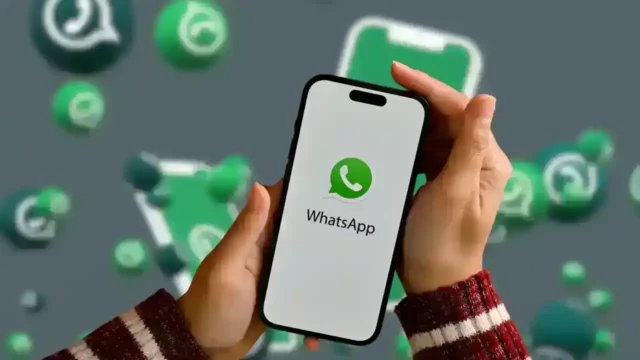Following the launch of Apple’s highly anticipated iPhone 17 series, another important detail regarding the technical differences between the models has emerged. According to official confirmation from the company, the standard iPhone 17 and the new ultra-thin iPhone Air remain at USB 2.0 for data transfer speeds, while the iPhone 17 Pro and 17 Pro Max, aimed at professional users, feature USB 3 support. This strategy further demonstrates that Apple differentiates its Pro models not only with their camera and processing power, but also with their underlying connectivity technologies.
iPhone 17 and iPhone Air Come with USB 2.0
Users of the standard iPhone 17 and iPhone Air will be able to transfer data at a maximum of 480 MB per second via the USB-C port. While this speed is sufficient for everyday use, it may be disappointing for users who frequently transfer high-resolution video and photo files. Meanwhile, the iPhone 17 Pro and 17 Pro Max offer USB 3 speeds of up to 10GB/s, increasing this difference by nearly 20 times. This is an essential feature for content creators and filmmakers shooting in professional formats like ProRes RAW.

Pro Models Lead the Way, Not Just in Speed, But in Hardware
Apple doesn’t limit this superiority of the iPhone 17 Pro models to data transfer speeds. According to the company, the Pro series comes with numerous hardware innovations:
A19 Pro Chip and Vapor Chamber: The advanced A19 Pro chip, integrated into the laser-etched aluminum unibody with a new vapor chamber, dissipates heat more effectively, delivering up to 40% better sustained performance and extended battery life.
Revolutionary Camera System: The triple 48MP Fusion camera system includes an all-new telephoto lens with 8x optical zoom. The 18MP Center Stage front camera also stands out, taking group selfies to the next level.
Professional Video Capabilities: Industry-standard video features like ProRes RAW, Apple Log 2, and genlock make the iPhone 17 Pro an indispensable part of professional productions.
Double-Sided Protection: Ceramic Shield 2 technology, which is 3 times more resistant to scratches, is used not only on the front but also on the back, a first for the device, maximizing its durability.













